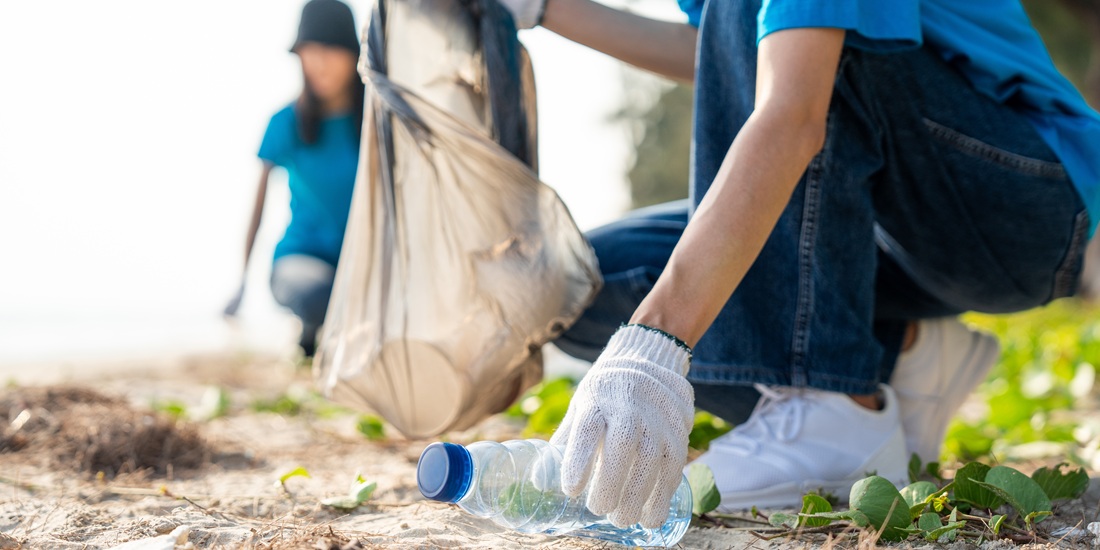New study flags hazardous plastic chemicals and charts course to safer products
A new study provides a comprehensive catalogue of more than 16,000 known plastic chemicals, with their properties, uses and hazards. The goal is to enable safer plastic production.
All plastics, from food packaging to car tires, contain thousands of chemicals that can leach into foodstuffs, homes, and the environment. While many of these are already known to harm the health of humans and the environment, a complete overview of these chemicals is currently lacking.
A new study in the journal Nature now provides an up-to-date inventory of all known plastic chemicals. The scientists also describe ways to make plastics safer in the future. The study comes as countries are negotiating a global treaty to end plastic pollution.
“The world is moving towards making plastics more sustainable. This can only succeed if the chemical safety of plastics is improved,” says Martin Wagner, a professor at NTNU’s Department of Biology and senior author of the new study.
- You might also like: Plastic food packaging contains harmful substances
One quarter of known plastic chemicals pose risks
One of the key aspects of the study is a scientific approach for identifying chemicals of concern in plastics. That can help scientists and manufacturers develop safer plastics, and policy makers in promoting a non-toxic circular economy.
Of the 16,325 plastic chemicals, the researchers identified roughly one-quarter as most concerning, because of the high hazard they pose. The researchers found that these chemicals of concern can be present in each major plastic type, including in food packaging, and all tested plastics can release hazardous chemicals.
“Plastics should not contain harmful chemicals to begin with. Yet, the scientific evidence shows that they are intentionally used or unintentionally present in all types of plastics. This underpins the urgent need to make plastics safer,” says Wagner.
The researchers have specifically identified 15 priority groups of chemicals, such as bisphenols, phthalates and PFAS. These should not be used in plastics any longer.
“This study provides robust scientific evidence for the universe of all plastic chemicals and presents a science-based approach to identify and deal with plastic chemicals of concern,” said Laura Monclús, a researcher at the Norwegian Geotechnical Institute (NGI) and the lead author of the study.
- You might also like: More than 16000 chemicals in plastic; many are harmful
Three ways to make plastics safer
The researchers propose three major approaches towards safer and more sustainable plastics:
- Eliminate the useof hazardous substances in plastic, either voluntarily by the industry, or through regulation.
- Create more transparencyabout which chemicals are present in plastics.
- Re-design plastics to use fewer chemicals, and ensure that the chemicals used are thoroughly assess for their safety.
“Chemicals we know have negative aspects should be removed from plastics, companies should disclose the chemical composition of plastics and they should simplify their plastic recipes,” says Wagner.
The research was carried out by researchers from NTNU, the Norwegian Geotechnical Institute (NGI), the Swiss Federal Institute of Aquatic Science and Technology, the Food Packaging Forum Foundation and the Swiss Federal Laboratories for Materials Science and Technology. It was supported by the Research Council of Norway.
Reference: Laura Monclús, Hans Peter H. Arp, Ksenia J. Groh, Andrea Faltynkova, Mari E. Løseth, Jane Muncke, Zhanyun Wang, Raoul Wolf, Lisa Zimmermann, Martin Wagner (2025). Mapping the chemical complexity of plastics, Nature, https://doi.org/10.1038/s41586-025-09184-8.
More information: https://plastchem-project.org/





